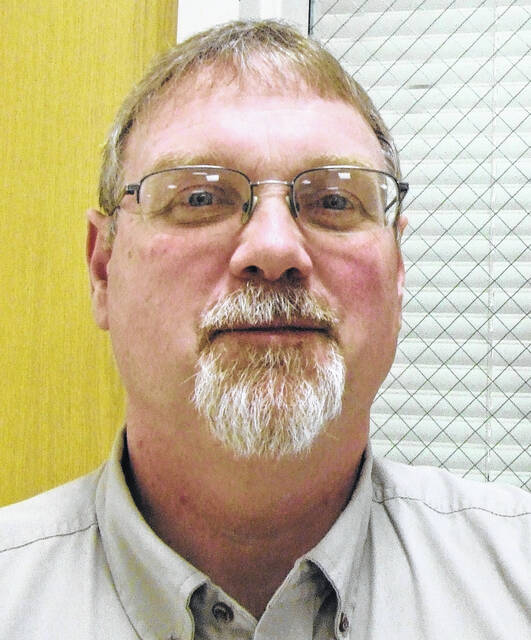
Oh, great day in the morning! My favorite holiday is here! On behalf of my family, we want to wish you and your families a wonderful holiday season with much joy, peace and happiness.
Always remember the reason for the season!!
It seems like agriculture is getting to be a very complex business (like everything else). The price of everything is going up, not just in agriculture. Real goods, or physical products, are all hit by inflation right now.
In agriculture, the big item is fertilizer prices — it’s the highest cost after land and machinery.
I am reminded this: last year’s anhydrous prices were the cheapest in decades. Some of the things impacting fertilizer now are trade restrictions, COVID, supply chain problems, and higher labor costs.
Questions many are asking include: Should we be pre-pricing now? Should we buy some now and take chances there will be supply this coming spring?
Some analysts are saying they do not see prices going down by next spring.
When we think of our overall fertilizer program within our operations, we should consider whether we have been applying more than we need in the past. It doesn’t matter where it is in the corn belt, many agronomy specialists say there are producers putting on fertilizer at rates above university recommendations; maybe because they think university recommendations are too low.
It might be time to really think about your fertilizer program and consider more about precise placement and rates. It can be a very expensive ingredient in your yield formula, especially when considering nitrogen.
Without me getting on my “soap box”, it might be an excellent time to get caught up on your soil testing.
Other items we see at higher levels would include seed prices which it sounds like are going up 8% to 10%. Fuel and LP costs have are higher, partly due to higher demand from an improving economy.
But it’s also due to government policies that discourage fossil fuel investment. Gary Schnitkey, Ag Economist at the University of Illinois, has been quoted saying, “If your goal is to be carbon neutral you have to make those policy changes, and transportation is a part of that. Point is, you better get used to fuel costing more. There will be incentives to curtail fossil fuel use.”
Don’t forget to consider your equipment costs. Machinery repairs are projected to increase 10%.
On a positive note, yields for 2021 were very favorable across the board for both corn and soybeans and projections for 2022 are calling for much of the same for yields. Commodity prices have been strong and interest rates are still very low. Yes, there are variables that could change some of this but right now that is the silver lining.
My recommendation to all producers is to do your homework before purchasing supplies, marketing and implementing production practices. One way to start getting a better sense of all this is to attend the upcoming Agriculture Outlook Meeting set for Jan. 14 beginning at 7 a.m. (for breakfast) sponsored by Paul Hall & Associates Insurance.
The meeting will be held at the Clinton County Extension Community Room, 111 S. Nelson Ave., Wilmington.
Join the faculty from Ohio State University Extension and Ohio State Department of Agricultural, Environmental, and Developmental Economics as they discuss the issues and trends affecting agriculture in Ohio.
Speakers will include: Barry Ward, Inputs/Rent and Land Values; Aaron Wilson, Weather Recap and 2022 Outlook for Weather; Peggy Hall, Ag Law Updates; Carl Zulauf, Ag Policy and Farm Bill; and Eric Romich, SB 52 Solar Farm Legislation.
Thanks to support through the Ohio Wheat and Corn Growers Association and Paul Hall & Associates Insurance, this program is free — but registration is required by Jan. 10 for a breakfast count — by calling the Clinton County Extension Office at (937) 382-0901.
Tony Nye is the state coordinator for the Ohio State University Extension Small Farm Program and has been an OSU Extension Educator for agriculture and natural resources for over 30 years, currently serving Clinton County and the Miami Valley EERA.


